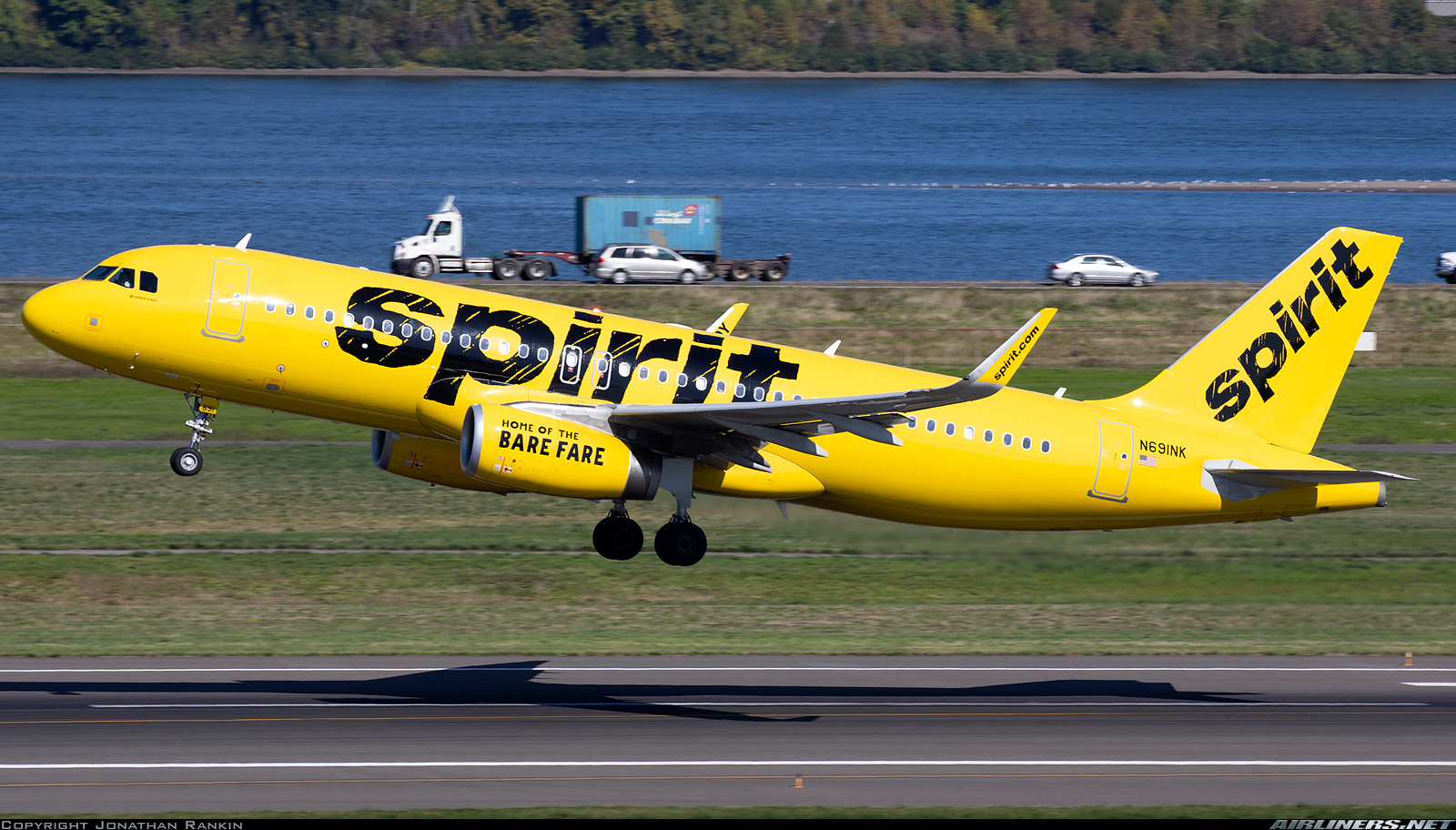The aviation industry was hit with some big news, Spirit Airlines, known for its no-frills, low-cost model, has filed for Chapter 11 bankruptcy protection. This development comes after a tumultuous period marked by fluctuating demand, high operational costs, and a failed merger attempt, setting the stage for what the airline hopes will be a strategic restructuring rather than the end of its operations.
Spirit Airlines has been a staple in the ultra-low-cost carrier market, offering budget-conscious travelers an alternative with its pay-for-what-you-use model. However, the airline faced significant challenges following the travel disruptions caused by the global health crisis. Despite a recovery in travel demand, Spirit struggled with an industry-wide pilot shortage, rising fuel costs, and competition from larger carriers who have been expanding their basic economy offerings, thus diluting Spirit’s unique market positioning.
The Merger That Never Happen:
The airline’s financial woes intensified when a proposed $3.8 billion merger with JetBlue was blocked by a federal judge earlier in 2024. The merger was seen as a potential lifeline for Spirit, offering a chance to expand its network and enhance its competitive edge. However, concerns over reduced competition and potential fare increases led to the deal’s rejection, leaving Spirit to navigate its financial distress alone.
The Bankruptcy Filing:
Spirit Airlines has officially filed for Chapter 11 bankruptcy in New York. The airline has stated that this move is not an end but a means to restructure. In an open letter to its customers, Spirit assured continuity in operations, emphasizing that travelers could “use all tickets, credits and loyalty points as normal.” The carrier has also reached a prearranged deal with a majority of its bondholders, aiming for a “streamlined” bankruptcy process, expected to conclude by the first quarter of 2025.
Financial Struggles:
Spirit’s financial health has been deteriorating, with the airline reporting significant losses despite strong travel demand. Issues with RTX’s Pratt & Whitney engines forced groundings of several aircraft, adding to the financial strain. The company’s debt, which includes over $1.1 billion due next year, became unmanageable as revenues did not keep pace with rising costs and operational challenges.
What Does This Mean for Travelers and Employees?
For travelers, the immediate impact might be minimal, as Spirit plans to continue operations. However, there might be route cuts, changes in service, or alterations in loyalty programs in the future as part of cost-cutting measures. For employees, while there’s uncertainty, Spirit has committed to maintaining wages and benefits, though job cuts and restructuring could be on the horizon as part of the bankruptcy proceedings.
Going Foward:
Spirit Airlines’ management, led by CEO Ted Christie, has positioned this bankruptcy as a strategic move to “position Spirit for long-term success.” The restructuring aims at reducing debt, which could give the airline a leaner, more agile operational structure. However, the success of this strategy will depend on various factors including the airline’s ability to adapt its business model, negotiate favorable terms with creditors, and perhaps most crucially, regain the trust and business



